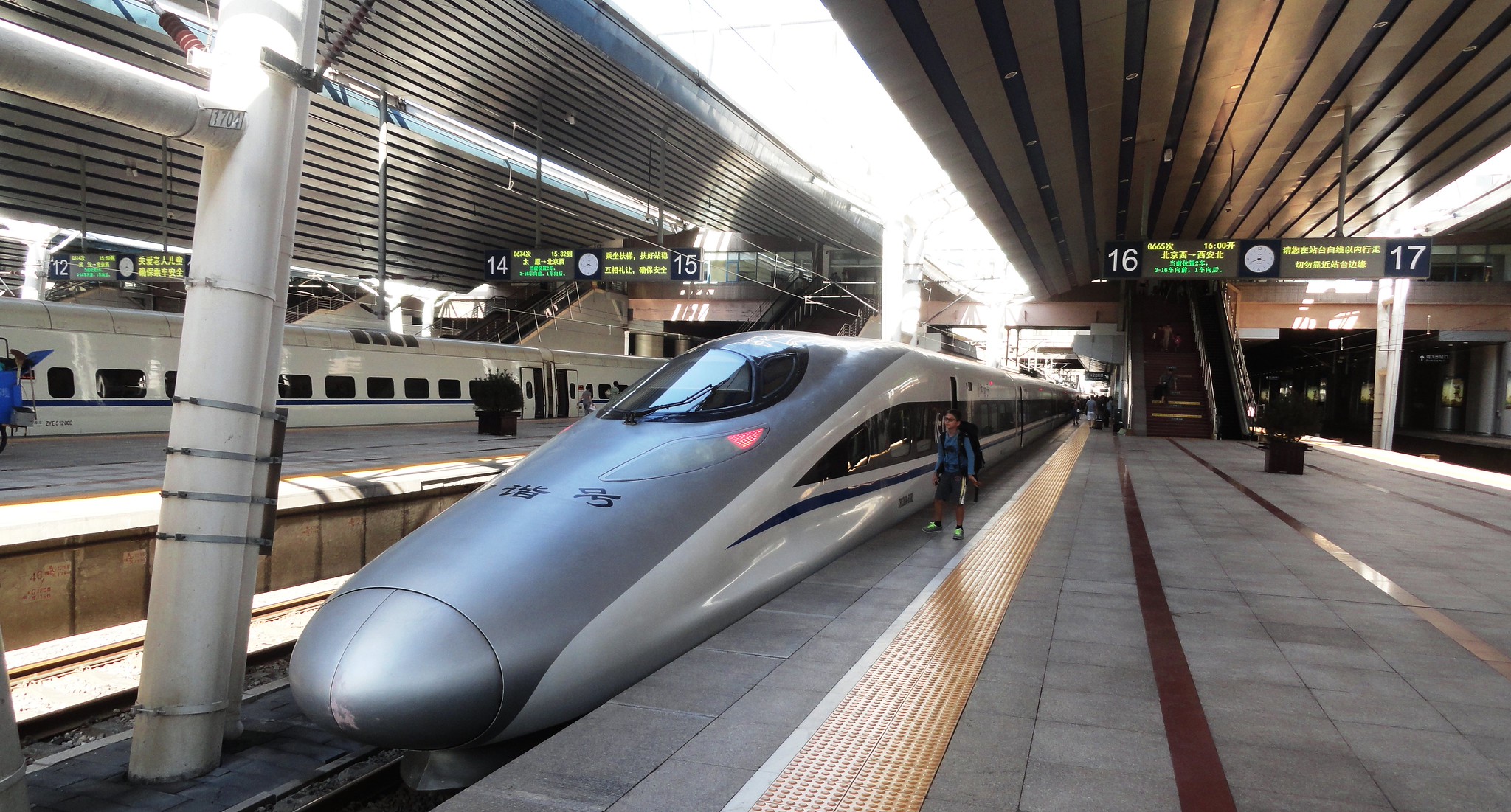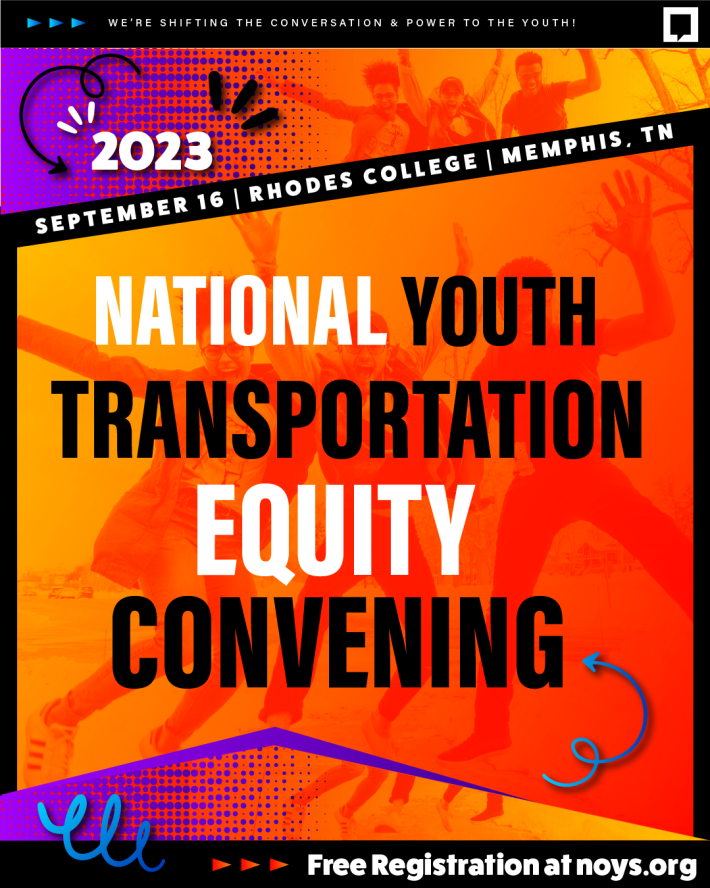
Over the past several years, more and more Black folks have discovered, rediscovered, and organized around to make streets better for people who bike. But as more of them connect with the benefits of the mode, they still face barriers to reaping them.
According to a 2022 study, Black cyclists were over four times more likely to be killed while riding than white counterparts on a per-mile basis. And they’re also overpoliced: for instance, a 2022 Streetsblog NYC investigation found that even though less than half of cyclists in New York City are Black or Latinx, about 82 percent of bike citations given in 2019 went to these populations. The number dropped slightly to 76 and 75 percent of bike citations in 2020 and 2021 respectively, but still remained alarmingly high.
Streetsblog talked to four Black bike advocates in Atlanta, Los Angeles, and the Twin Cities to get a snapshot of how they're fighting to overcome those challenges, expand the vision for what a Black cycling community could look like, and inspire advocates fighting to make their streets more equitable and inclusive.
The challenges Black cyclists face when they dare take up space
Advocate tamika l. butler (who uses both she and they pronouns, and does not capitalize her name) has a long history of trying to bring mobility and social justice issues to the forefront in Los Angeles, both in her role as former executive director of the Los Angeles County Bicycle Coalition and, currently, as a consultant helping organizations shift from diversity to inclusion in their fight against inequity and injustice. And in their view, the hurdles that Black folks on bikes face intersect with a number of broader social issues.
“I feel like the challenges we face on bikes are similar to the challenges we face walking around our neighborhood, hanging with our friends on the sidewalk, going to the grocery store and doing any of the other mundane things that make up a day,” Butler said. “The reality is that taking up space and bringing our full selves and our joy to any particular space sometimes feels like a threat to others. This is particularly true when we do things that seem like something ‘black folks don't do’ [to other people.]”
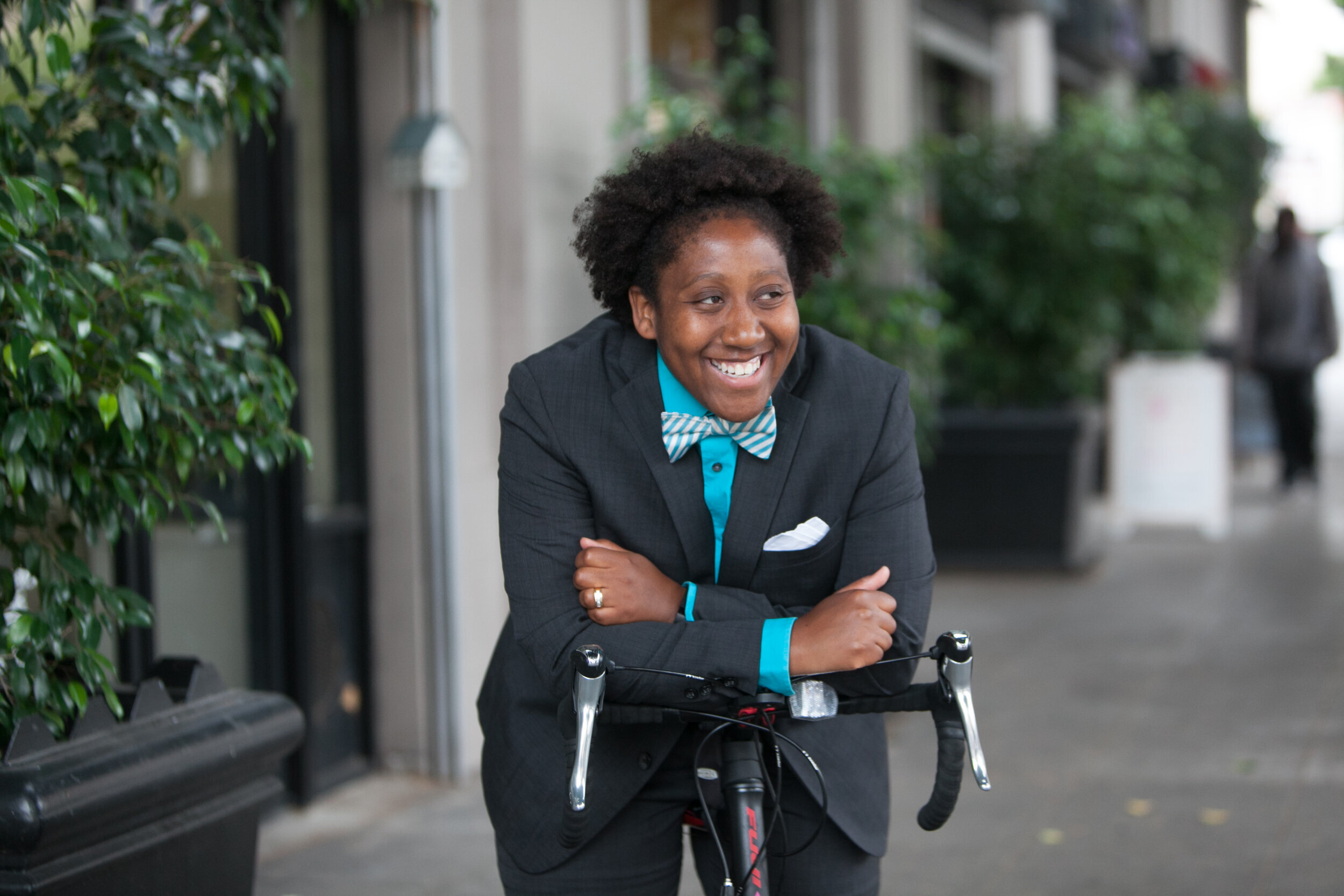
What’s often missing in the conversation around bike advocacy and equitable streets, Butler says, is the ability to call out anti-Blackness for what it is – both in policy and community work.
“I think intersectionality is crucial to acknowledge and incorporate into our work, but not at the expense of being afraid to speak specifically about anti-Blackness,” Butler said. “Many people still see Black folks on a bike and think that we don't belong. This puts us at risk for increased harassment, injury, and policing.”
'We have enough failures’
Anthony Taylor has served in several bike advocacy roles, including being a founder Major Taylor Bicycling Club of Minnesota, serving on the League of American Bicyclists Equity Board and a plethora of other organizations that help get Black people moving outside. And he says for many people, the biggest fear about engaging with bikes is fear itself.
“People are incredibly afraid of failure. And you know who really don't want to fail? Black people,” Taylor said. “We have enough failures. We don't need physical failure….What is more scary than the fact that I could get hit by a car; [that] I might not make it home; I don't know what the hell I'm doing; I might get a flat; I could get assaulted; someone's gonna steal my bike?” Taylor said. “That is why, in early biking experiences, we have to replace those lived experiences with new positive emotional connections to being on a bike.”
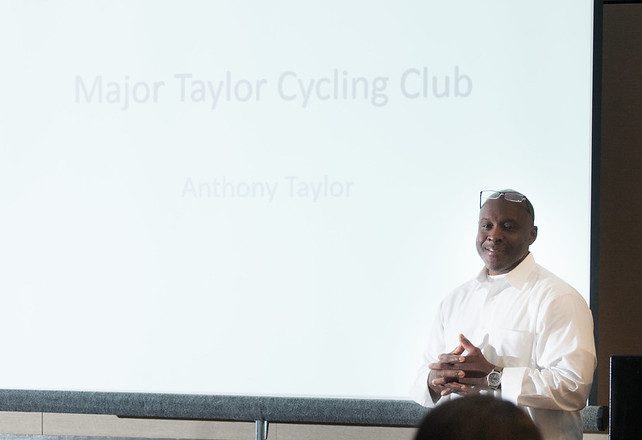
In order to encourage more Black folks to bike, and engage advocates in a more inclusive view of biking on the whole, Taylor first had to change his definition of what the word ‘equitable’ means.
“When I’m talking about equity, I'm talking about outcomes. Right? So I want to do programming and infrastructure [that are so inclusive that] race, ethnicity, gender, income, college education and where they live [are not predictors of who cycles],” Taylor said.
Blocked on both sides
All Yolanda Davis-Overstreet wanted for her children and her community is what she had growing up on Adams Boulevard in Los Angeles.

A child of the 60s, Davis-Overstreet said she “grew up in a community where my sister and I rode our bikes outside everyday.” But that was not the reality for her daughter and son, now 21 and 26, who grew up on streets that were congested and unsafe. Her advocacy began when she joined bicycling clubs in the city of Inglewood in the 1990s, whose rides allowed her to see the difference in infrastructure across multiple neighborhoods — leading her to ask “Why doesn’t my neighborhood have bike lanes?”
In 2011, that question lead to her founding Ride in Living Color, a bicycling and mobility justice advocacy initiative that fights for more accessible streets.
Years later, an opportunity arose to correct a wrong. A major corridor in her neighborhood that was listed on LA’s High Injury Network, Adams Boulevard, needed to be repaved, and LA’s department of transportation was considering implementing traffic-calming measures at the same time. Davis-Overstreet, who served as neighborhood council chair of the public safety committee for the road project, said there was initially a lot of resistance the idea of removing driving lanes and adding space for bikers — especially from the Black and brown community.
“The people in the community considered the bike lanes an act of gentrification,” she said.
So Davis-Overstreet and her colleagues began an educational campaign to show the benefits of bike lanes for all road users, before eventually taking matters into her own hands with the 2021 release of the short documentary, “Biking While Black.” The film unpacks the joys and challenges of being a Black cyclist, and helped Davis-Overstreet discover the power of representation when addressing bike accessibility for Black people.
“It's been a phenomenal experience,” Davis-Overstreet said. “There is power in film, in the message is if it's strong. Now, it's not just my perspective; it's our collective perspective. So that when people watch this film, they can possibly see themselves.”
Advice for the next generation
Zahra Alabanza has been working in the sustainable transportation community for several years, co-founding Black Red, Bike and Green-Atlanta, as well as serving as a Bike education management consultant with the Atlanta Bicycle Coalition. She jokes that she’s been advocating for social and mobility justice long “before it was cool” — and that there will alway be a new crop of people eager to get involved.
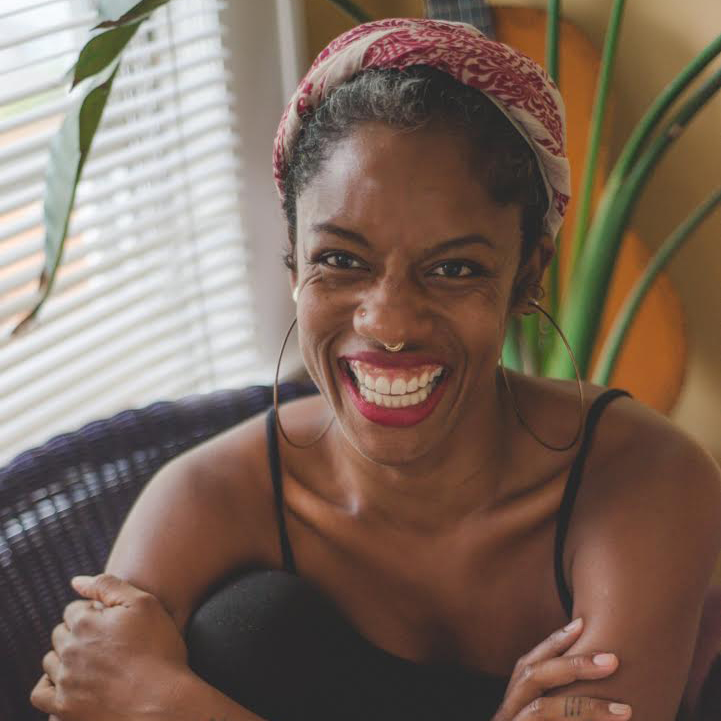
“I think folks need to ask ‘what are the outcomes you want, who are the people already doing this, and how can we enhance what’s already been done?’” Alabanza said. “[New advocates should] see how your work aligns, and don’t think you are the only one doing the work — and don’t think your solution is better than anybody else’s.”
Taylor, meanwhile, advises advocates not to forget the power of joy.
“My work is to create a positive emotional connection at the end of each experience [on a bike] so that they see their own growth,” Taylor said. ”If they see their own growth, and if we can get them to have these transformational experiences, they will connect biking to their identity. And if we build community around it we have won.”
Alabanza agrees.
“I look at a bicycle as a tool that is able to create joy for Black people in particular, “Alabanza said. “People like to minimize that, but Black joy is a powerful thing. So any way we can invoke that, I think we’re in a good place.”


